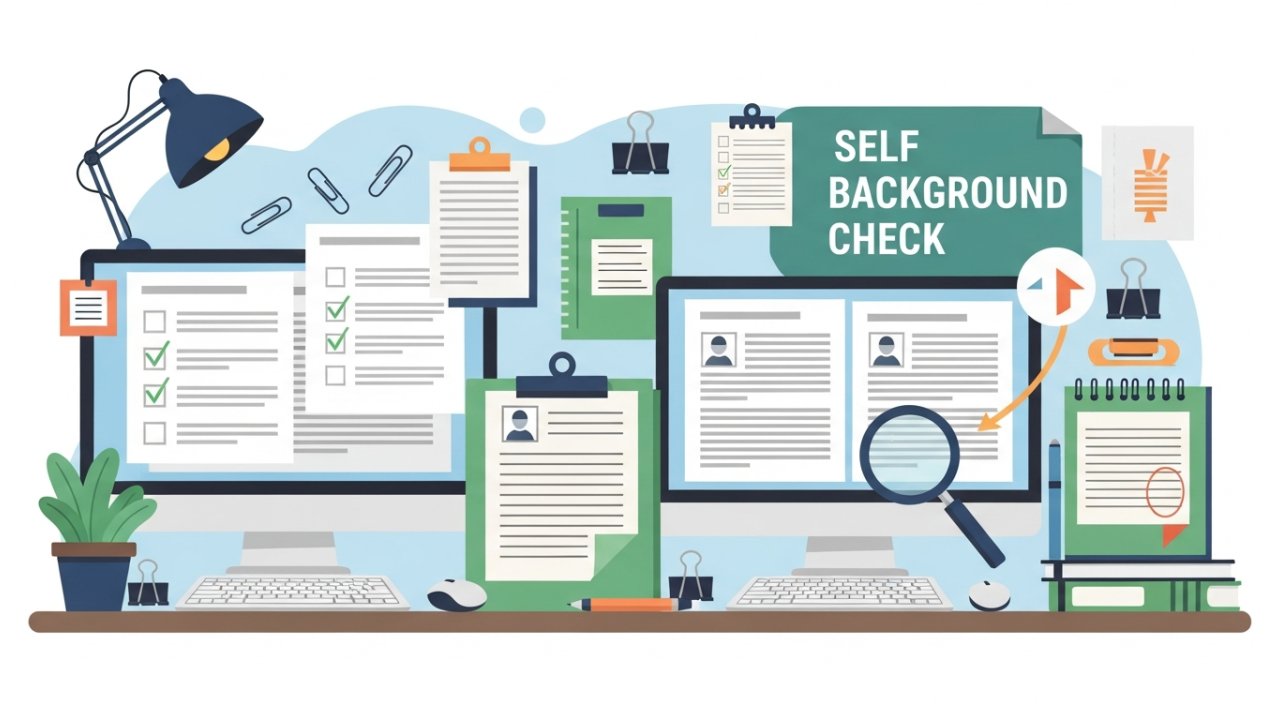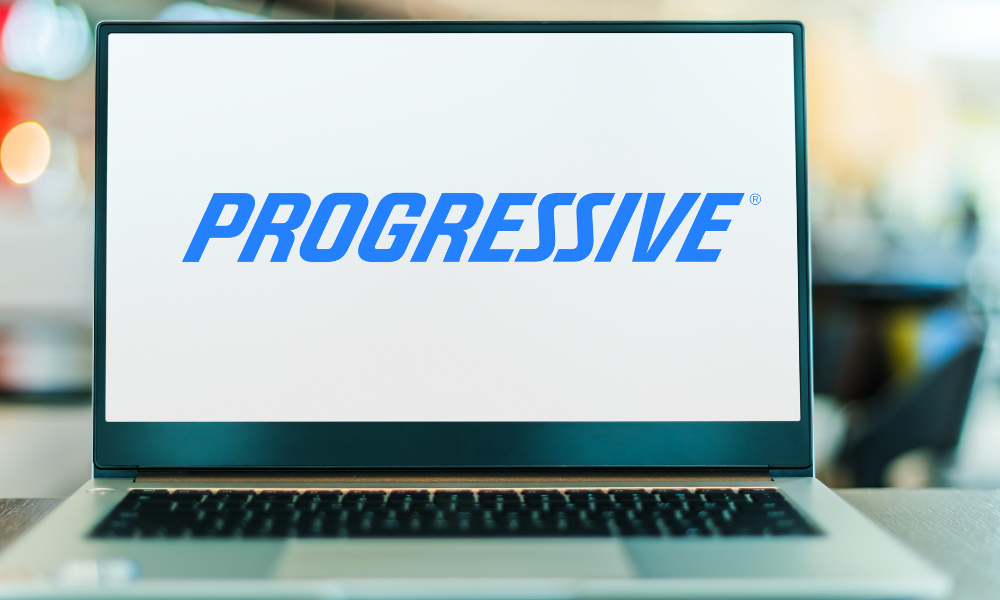Employee training is crucial for enhancing productivity and engagement in the workplace. Innovative methods, such as hands-on workshops, gamification, and multimedia content, can make learning more effective and enjoyable. On-the-job training provides immediate feedback, whereas microlearning offers quick, digestible lessons. These strategies not just improve knowledge retention but likewise encourage collaboration among employees. Comprehending how to implement these ideas can transform your training approach. What are the best ways to incorporate these techniques into your organization?
Key Takeaways
- Implement hands-on workshops that utilize real-world scenarios to enhance learning retention and problem-solving abilities among employees.
- Incorporate gamification techniques, using points and leaderboards to motivate employees and foster competition in training sessions.
- Utilize multimedia content, such as videos and interactive presentations, to engage participants and accommodate diverse learning styles.
- Offer on-the-job training that provides immediate feedback and personalized guidance from experienced mentors, enhancing practical skill development.
- Develop microlearning modules that deliver training in short segments, allowing for flexible learning and improved knowledge retention.
Hands-On Workshops for Practical Learning
Hands-on workshops for practical learning can greatly boost employee training by engaging participants in real-world scenarios.
These workshops serve as excellent ideas for training new employees by allowing them to apply skills immediately.
Through practical exercises, employees improve their learning retention and develop problem-solving abilities.
Incorporating role-playing and case studies not just exposes participants to diverse perspectives but also nurtures creativity and teamwork. Furthermore, peer collaboration boosts communication skills, creating a strong sense of community.
Research indicates that interactive workshops can increase employee engagement by 21%, leading to higher productivity. Pairing participants with mentors during these sessions offers personalized guidance, which elevates confidence and job satisfaction, making hands-on workshops a crucial component of effective employee training ideas.
Gamification Techniques to Enhance Engagement
Engaging employees during training can greatly improve their learning experience, and gamification techniques offer a compelling solution. By incorporating game mechanics like points, badges, and leaderboards, you can motivate employees and boost participation in training programs.
Research shows that gamification can improve learning retention by up to 60%, making training more enjoyable and interactive.
Organizations that adopt these techniques often see a 48% increase in employee engagement, as competition and rewards promote a sense of accomplishment.
Additionally, gamification encourages collaboration and teamwork, improving the overall training experience. With instant feedback and personalized learning paths, employees can track their progress, which keeps them motivated to achieve their goals and enhances their overall training outcomes.
Incorporating Multimedia Content in Training
Incorporating multimedia content in training offers a modern approach to improve employee learning and retention. Using tools like videos and interactive presentations can boost retention by up to 65% compared to traditional methods, keeping you engaged through varied formats.
Interactive elements, such as polls and quizzes, increase participation rates and cultivate a collaborative learning environment. Real-life examples and visually appealing content help you connect theoretical knowledge to practical applications in your role.
Moreover, multimedia accommodates diverse learning styles, incorporating visual, auditory, and kinesthetic elements.
Engaging multimedia training modules can likewise reduce training time by up to 50%, allowing you to absorb information quickly and apply new skills more efficiently in the workplace, ultimately improving overall productivity.
On-the-job training (OJT) provides a practical approach to employee development by allowing individuals to learn in real work situations.
This method improves learning retention through immediate application of skills and boosts confidence and job satisfaction by offering real-time feedback.
Key benefits of OJT include:
- A 70% increase in knowledge retention compared to traditional training methods.
- Personalized guidance from experienced mentors, encouraging stronger team connections.
- A significant reduction in ramp-up time, often shortening it by 30-50%.
- Improved employee engagement through hands-on learning experiences.
- Immediate application of skills, leading to better job performance.
Microlearning Modules for Accessible Learning
Microlearning modules offer a flexible approach to employee training, allowing you to digest information in short, focused segments. These modules typically last 5-10 minutes, making them easy to fit into busy schedules. You can access them anytime and anywhere, enhancing your learning experience. Research shows that microlearning improves knowledge retention by up to 80% compared to traditional methods, as it encourages immediate application of concepts.
Various formats are available, including videos, podcasts, quizzes, and infographics, catering to different learning styles.
Format Duration Benefits Video 5-10 mins Engaging visual content Podcast 5-10 mins Audio learning on-the-go Quiz 5-10 mins Immediate knowledge check Infographic 5-10 mins Visual summary of key pointsFrequently Asked Questions
What Innovative Changes Would You Make to the Current Engagement Activities?
To improve current engagement activities, consider integrating gamification elements, which can make participation feel more like a game, increasing involvement.
Implement microlearning modules for efficient content delivery, allowing employees to learn at their own pace.
Utilize multimedia tools, such as interactive videos and quizzes, to improve retention.
[embed]https://www.youtube.com/watch?v=E9lxz6H-m54[/embed]
Promote collaboration through workshops that encourage peer interaction, and establish continuous feedback mechanisms to guarantee employees feel heard, eventually boosting overall engagement.
What Are the 5 C’s of Employee Engagement?
The 5 C’s of employee engagement are Connection, Communication, Coaching, Career Development, and Culture.
Connection nurtures relationships among employees, promoting teamwork.
Communication guarantees transparency and open dialogue, making employees feel valued.
Coaching provides feedback and support from managers, aiding employee growth.
[embed]https://www.youtube.com/watch?v=F2FmTdLtb_4[/embed]
Career Development focuses on professional growth opportunities, enhancing motivation and retention.
Finally, Culture shapes the work environment, influencing employees’ overall satisfaction and commitment to the organization, ultimately driving engagement levels.
What Are the 5 Pillars of Employee Engagement?
The five pillars of employee engagement are meaningful work, supportive management, trust and integrity, growth and development opportunities, and a positive workplace culture.
Meaningful work guarantees employees feel their contributions matter.
Supportive management involves open communication and recognition.
Trust and integrity promote strong relationships.
Growth opportunities encourage continuous learning and creativity.
Finally, a positive workplace culture boosts morale and loyalty, creating an environment where employees thrive and remain committed to their organization’s goals.
What Are the 4 Pillars of Employee Engagement?
The four pillars of employee engagement are meaningful work, supportive management, strong relationships with colleagues, and opportunities for growth.
When you find your work meaningful, you’re more productive. Supportive management builds trust and open communication, improving morale. Strong relationships with coworkers cultivate a positive environment, enhancing creativity.
Finally, opportunities for growth and development increase retention, as you’re more likely to stay with organizations that prioritize your professional advancement and career growth.
Conclusion
Incorporating innovative training methods like hands-on workshops, gamification, multimedia content, on-the-job training, and microlearning can greatly improve employee engagement. These strategies cater to various learning styles, provide immediate feedback, and promote practical application of knowledge.
By implementing these approaches, organizations can nurture a more engaged workforce, leading to improved collaboration and productivity. In the end, investing in effective training not only benefits employees but likewise contributes to the overall success of the organization.
Image Via Envato
Disclaimer: This story is auto-aggregated by a computer program and has not been created or edited by finopulse.
Publisher: Source link








